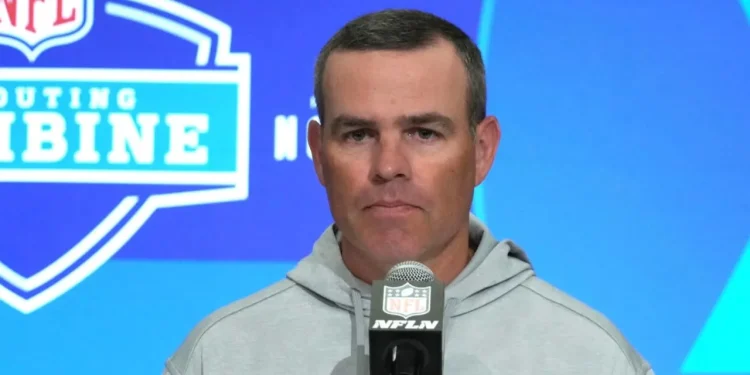This offseason, the Buffalo Bills have been at the center of several discussions, particularly with the departure of Gabe Davis and the blockbuster trade of Stefon Diggs to the Houston Texans. The latter move, a strategic pivot for the Bills, underscores a dynamic shift within the team’s strategy and its implications for future seasons.
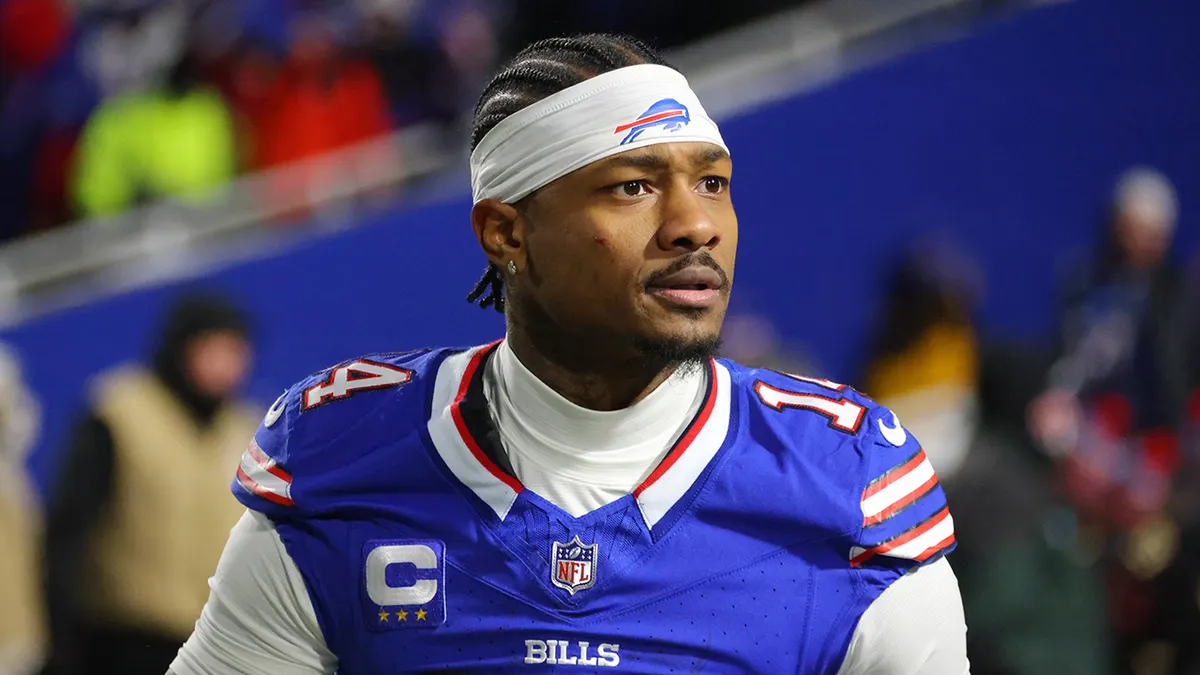
An Unforeseen Departure From Buffalo Bills
Initially, the Bills had charted a course that included Diggs for at least another season, recognizing his continued prowess as a top-tier receiver. At 30, Diggs was not just a player but a symbol of offensive reliability for Buffalo. However, the landscape changed when the Texans presented an offer that would send a 2025 second-round pick back to Buffalo. This proposal swayed the Bills’ management, leading to a decision that would have significant financial and tactical consequences.
Brandon Beane, the General Manager of the Bills, shed light on this decision during his appearance on “The Athletic Football Show.” He highlighted the team’s rationale, stating, “A player of his caliber, you weigh a lot of things in those situations.” The discussion ultimately boiled down to financial strategy—specifically, the handling of dead money. Beane elaborated, “We decided just to go ahead and eat it now. We think we can compete and do what we need to do by eating it now. And not next year.”
This upfront approach, while costly with over $31 million in dead money, was chosen to avoid a prolonged financial burden—an “albatross hanging on your neck,” as Beane poetically put it. This clear-cut financial maneuver was designed to preserve the team’s agility in managing its cap space in the immediate future.
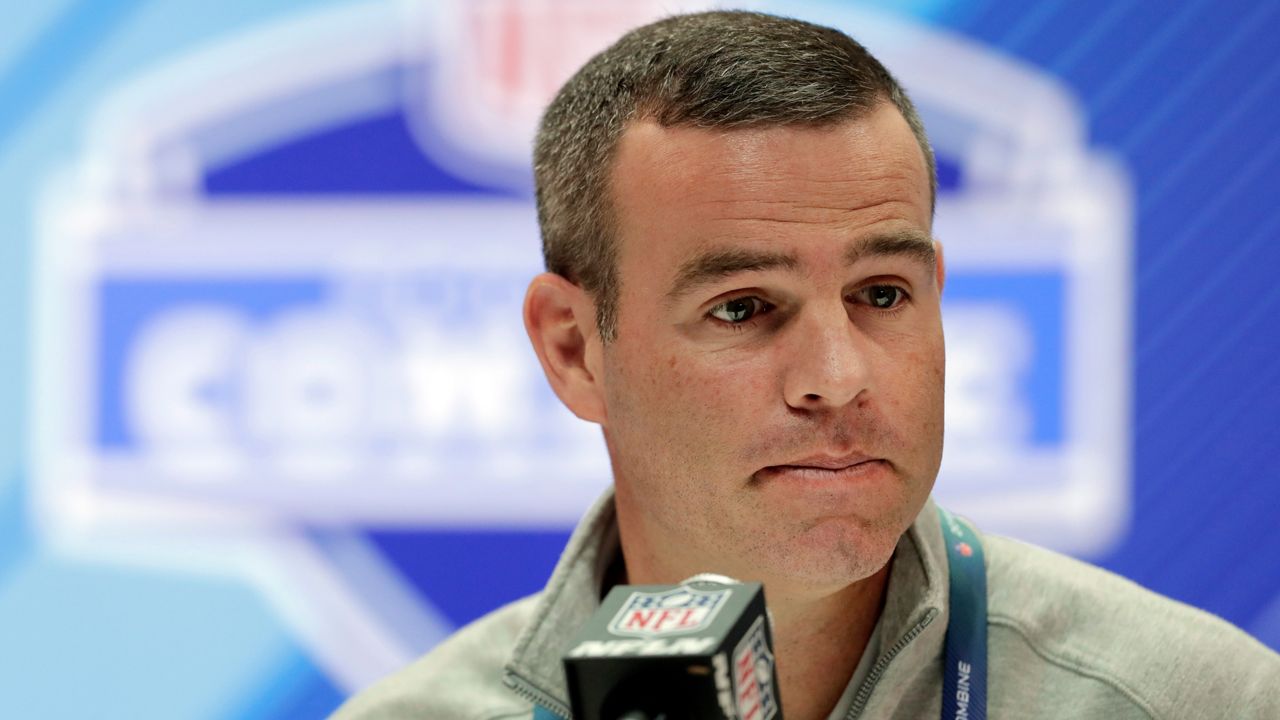
A New Era in the Receiving Corps
The exit of Diggs has opened the door for new talents, reshaping the Bills’ receiving room. This season, Buffalo welcomes Curtis Samuel, Marquez Valdes-Scantling, Mack Hollins, and Chase Claypool, alongside the promising rookie Keon Coleman, whose selection was strongly supported by quarterback Josh Allen. These players are expected to collectively fill the void left by Diggs and Davis, introducing a fresh dynamic to the team’s offensive strategy.
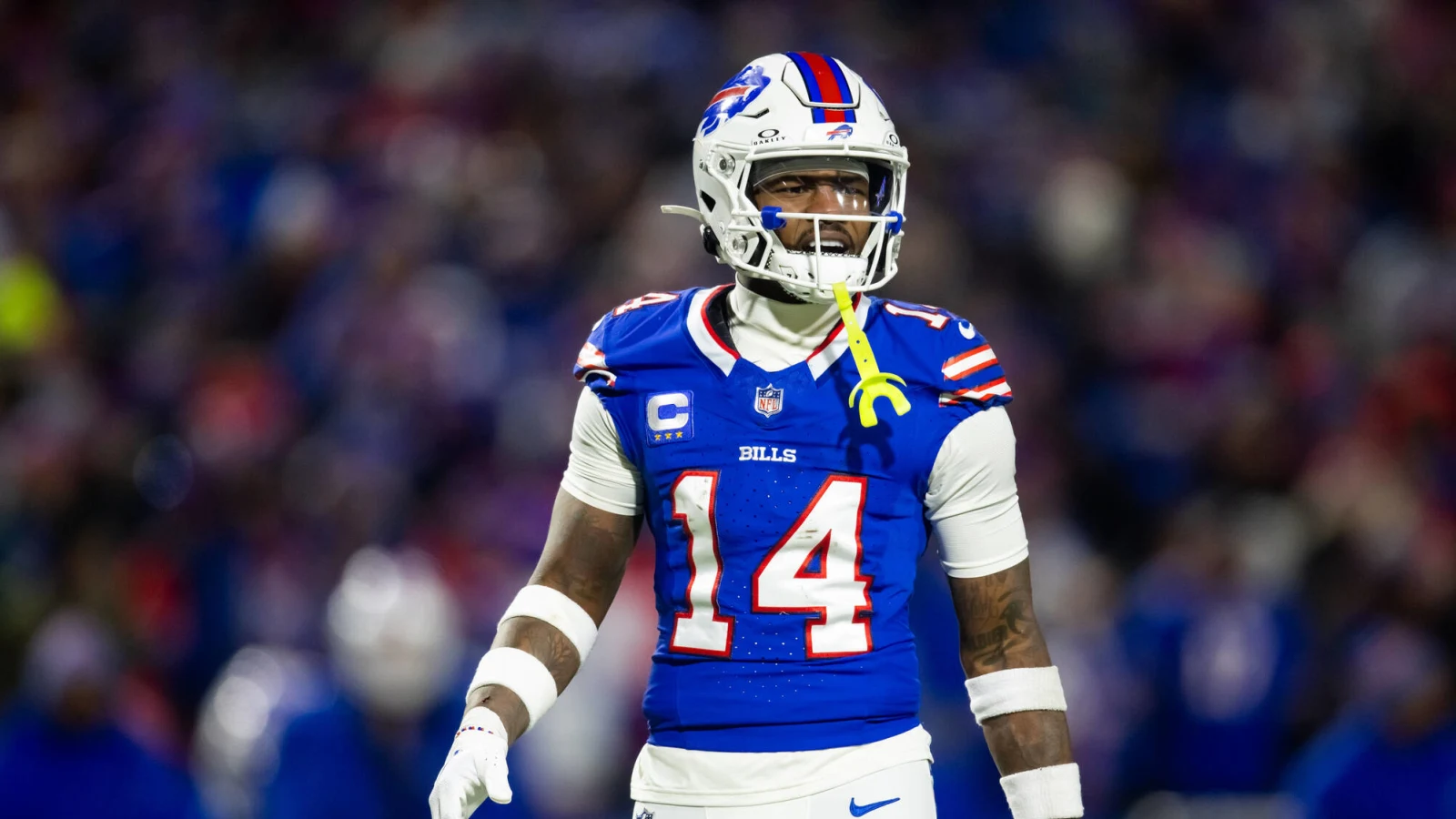
Looking Ahead: Implications of the Trade
As Diggs gears up for his stint with the Texans, his performance and the contractual adjustments—specifically the removal of post-2024 obligations—will be closely watched. This trade not only speaks volumes about the Bills’ strategic foresight but also sets the stage for Diggs’ potential free agency after next season. The impact of this decision extends beyond the players and the financial sheets, hinting at a broader narrative of risk, reward, and the ever-evolving game plans in the NFL.
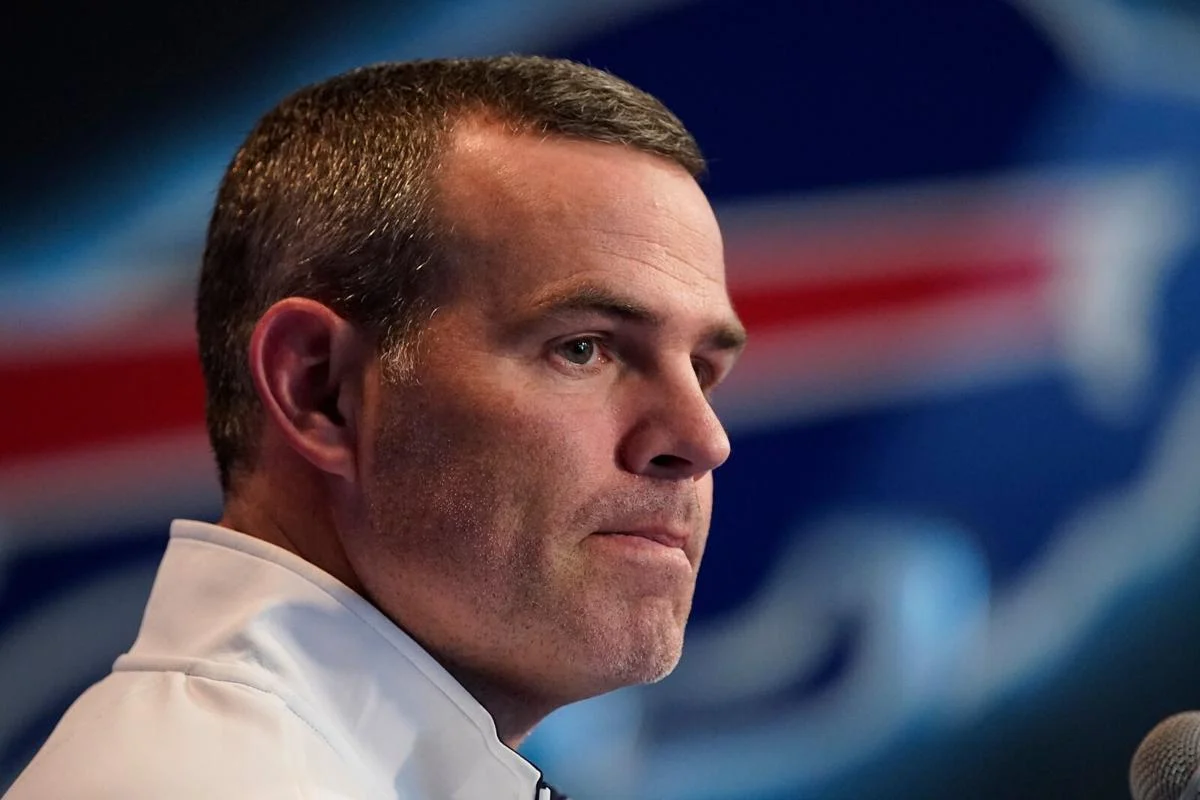
In conclusion, while the trade of Stefon Diggs has stirred mixed emotions among fans and stakeholders, the Bills’ management remains confident in their strategic recalibrations. With new faces and a clear financial path, the team is poised to tackle upcoming challenges, ensuring that their cap management decisions do not overshadow their competitive aspirations. The unfolding seasons will reveal whether this bold move was a masterstroke or a misstep in the high-stakes game of NFL team management.
Source- Yardbarker


